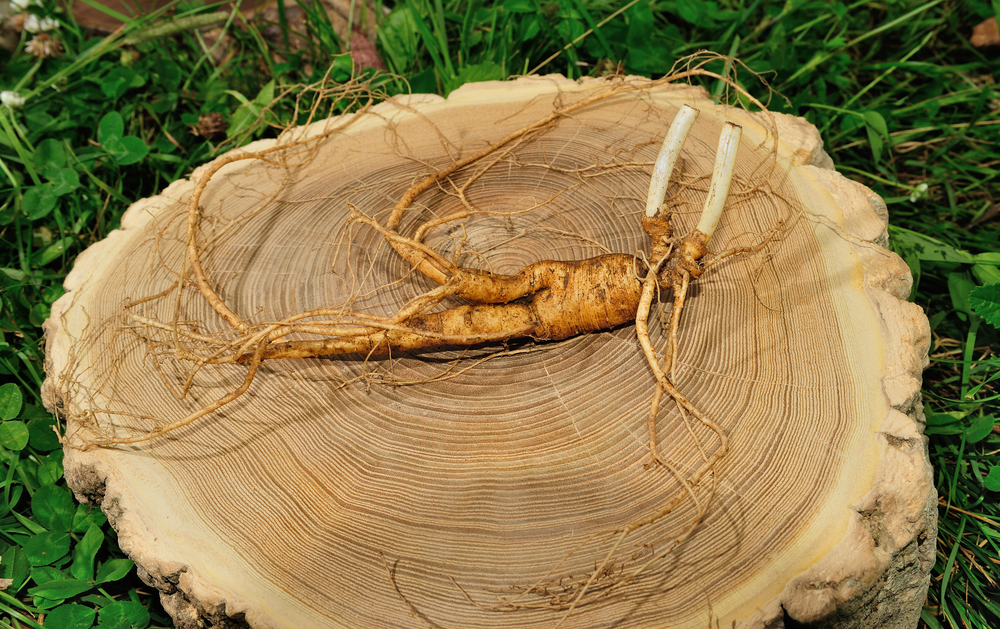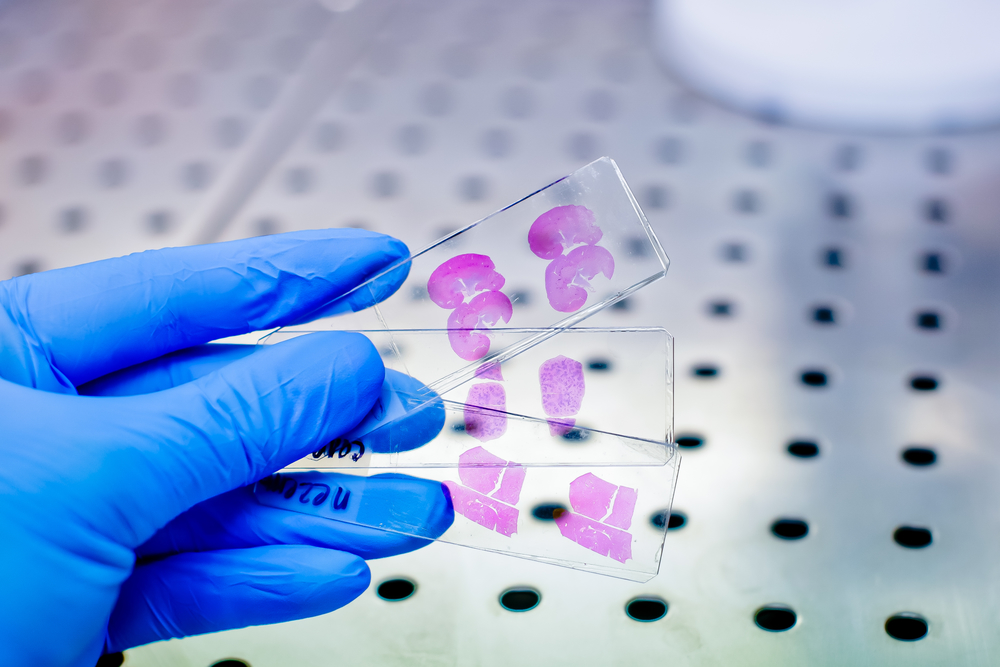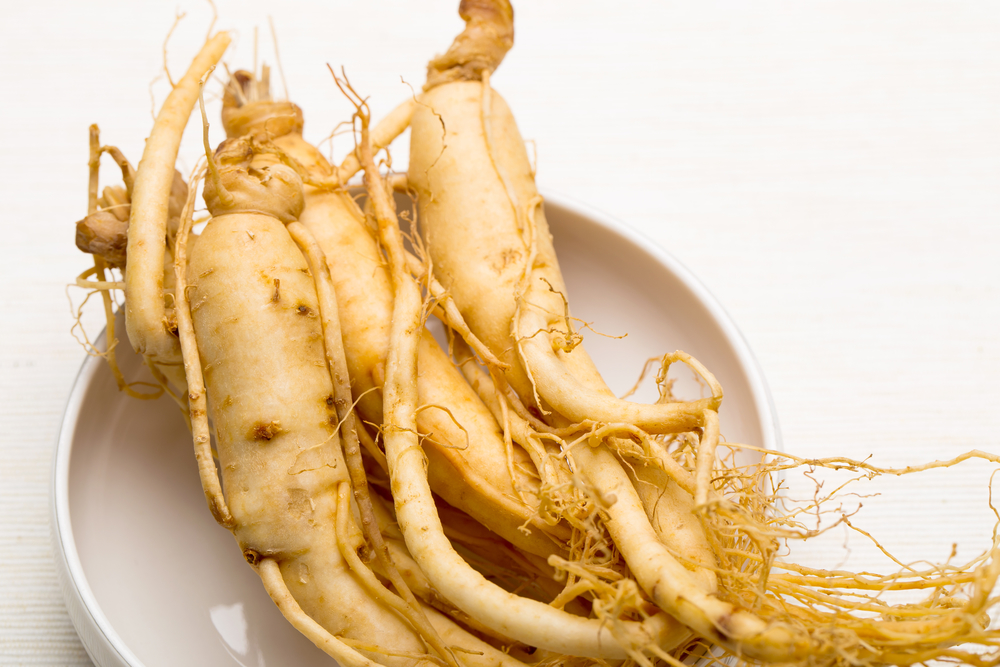How to choose the best ginseng extracts?
Ginseng is a medicinal plant that has been used as a natural remedy in Chinese medicine for thousands of years. Until now, it is an increasingly popular herb that is used to help people reduce fatigue, enhance immunity, and increase resistance against stress. The German Commission E officially accepts ginseng as a tonic for invigoration and fortification to treat fatigue, physical weakness, or declining sexual capacity.
 Ginsenosides are the main pharmacological ingredients in ginseng that are responsible for a variety of bioactivity, including anti-oxidation, anti-inflammation, anti-fatigue, immunomodulation, anti-diabetes. For this reason, manufacturers tend to standardize ginseng to contain a higher amount of ginsenosides. For example, ginseng extract G115 is the first ginseng extract standardized in a defined content of ginsenosides and registered in the European market. It contains 4% ginsenosides.
Ginsenosides are the main pharmacological ingredients in ginseng that are responsible for a variety of bioactivity, including anti-oxidation, anti-inflammation, anti-fatigue, immunomodulation, anti-diabetes. For this reason, manufacturers tend to standardize ginseng to contain a higher amount of ginsenosides. For example, ginseng extract G115 is the first ginseng extract standardized in a defined content of ginsenosides and registered in the European market. It contains 4% ginsenosides.
There are hundreds of ginsenosides isolated and identified in the past decades. Ginsenosides are low in ginseng, and these naturally occurring ginsenosides are mainly made up of major ginsenosides Rb1, Rb2, Rc, Rf, Rg1, Re, etc. The major ginsenosides can be further converted into less polar minor ginsenosides, known as rare ginsenosides. For example, under a unique process, Rd can be converted to Rg3; then Rg3 can be converted to Rg5 and Rk1; moreover, Rg5 can be further transformed into Rh3 and Rk1 transformed into Rk2.
Major ginsenosides are high-molecular-weight and hardly absorbable, so they show lower bioactivity than rare ginsenosides. Rare ginsenosides can exert potent effects, compared with their parent compounds. Researchers currently have isolated rare ginsenosides Rh1, Rg3, Rh2, Rk1, Rg5, Rk2, Rk1, aPPD, aPPT, etc.
Here are some basic rules that help you to choose the best ginseng extracts.
1. Red ginseng is better than white ginseng
Panax Korean red ginseng extract is high-quality compared to fresh ginseng or white ginseng. This is because red ginseng has an increased rare ginsenosides Rg3 content after the heating and steaming process. Even though rare ginsenoside Rg3 is dominant in the ginsenosides profile of red ginsenosides, the total ginsenosides content in Korean red ginseng is still low in the total red ginseng extract.
2. The higher the total ginsenoside content, the better
The health benefits of ginseng come from ginsenosides, so ginsenoside content is an important consideration when we choose ginseng extract. In the current market, the total ginsenosides content of ginseng extracts is usually between 4% to 15%. The total ginsenosides are mainly made up of major ginsenosides.
Lavivant Korean red ginseng is a ginseng extract with high total ginsenosides. It is manufactured by Korean Ginseng Export Corporation in South Korea. The ginseng products take six-year-old fermented Korean red ginseng as raw materials. The content of the total ginsenosides in LAVIVANT can reach up to 13%. The total ginsenosides in Lavivant contain Rg1, Rb1, Rg3, Rh2, Re, Rh1, Ro, Rb2, Rd, Rf, and others.
3. Rare ginsenoside brands are the best
Rare ginsenosides are super bioactive and potent, which are what we look for to maximize health benefits. However, the extraction and transformation of rare ginsenosides involve a variety of proprietary technologies, and only a few companies own these innovative technologies to produce rare ginsenosides in mass products. This is why we can hardly find rare ginsenoside brands.
Redsenol is an outstanding Canadian ginseng and ginsenosides brand featuring a high amount of rare ginsenosides. Redsenol goes much further in the ginsenoside research. Most manufacturers in the ginseng field only grasp the technologies to extract naturally occurring ginsenoside, known as prototype ginsenosides in ginseng. These prototype ginsenosides are high-molecular-weight and hardly absorbable, and some steamed Korean red ginseng may contain only rare ginsenosides Rg3, Rg5, Rh1. Incredibly, Redsenol contains sixteen types of rare ginsenosides, and the Redsenol research team grasps core technologies to convert naturally occurring ginsenosides into less polar rare ginsenosides. These rare ginsenosides including Rh3, Rk1, Rk2, Rk3, aPPD, aPPT, etc. are far more potent than prototype ginsenosides.
Amazingly, the rare ginsenosides content in Redsenol-1 noble ginsenosides capsules reaches 20%.
4. Third-party testing is a must for safety guarantee
Safety is a great concern for ginseng extract consumption. Not to mention that ginseng extracts are detected without any ginseng, some ginseng extracts are impure with heavy metals, microbial contaminants, and pesticide residues. Ginseng extracts shall be produced in the GMP-certified facilities. Some companies which are attached importance to product quality and safety will receive the BSCG certification program for their ginseng extracts to prove free from banned substances.
In conclusion
When choosing ginseng extract, we shall take quality and safety into account. The best ginseng extracts shall have a high concentration of ginsenosides and be free from any contaminants. Ginseng is a small niche and might be not available in the store near your home, or even in your country, so if you want to find the best ginseng extract, international shopping might be a must, especially when you hope to find a ginseng extract with high amounts of highly bioactive and absorbable rare ginsenosides.


